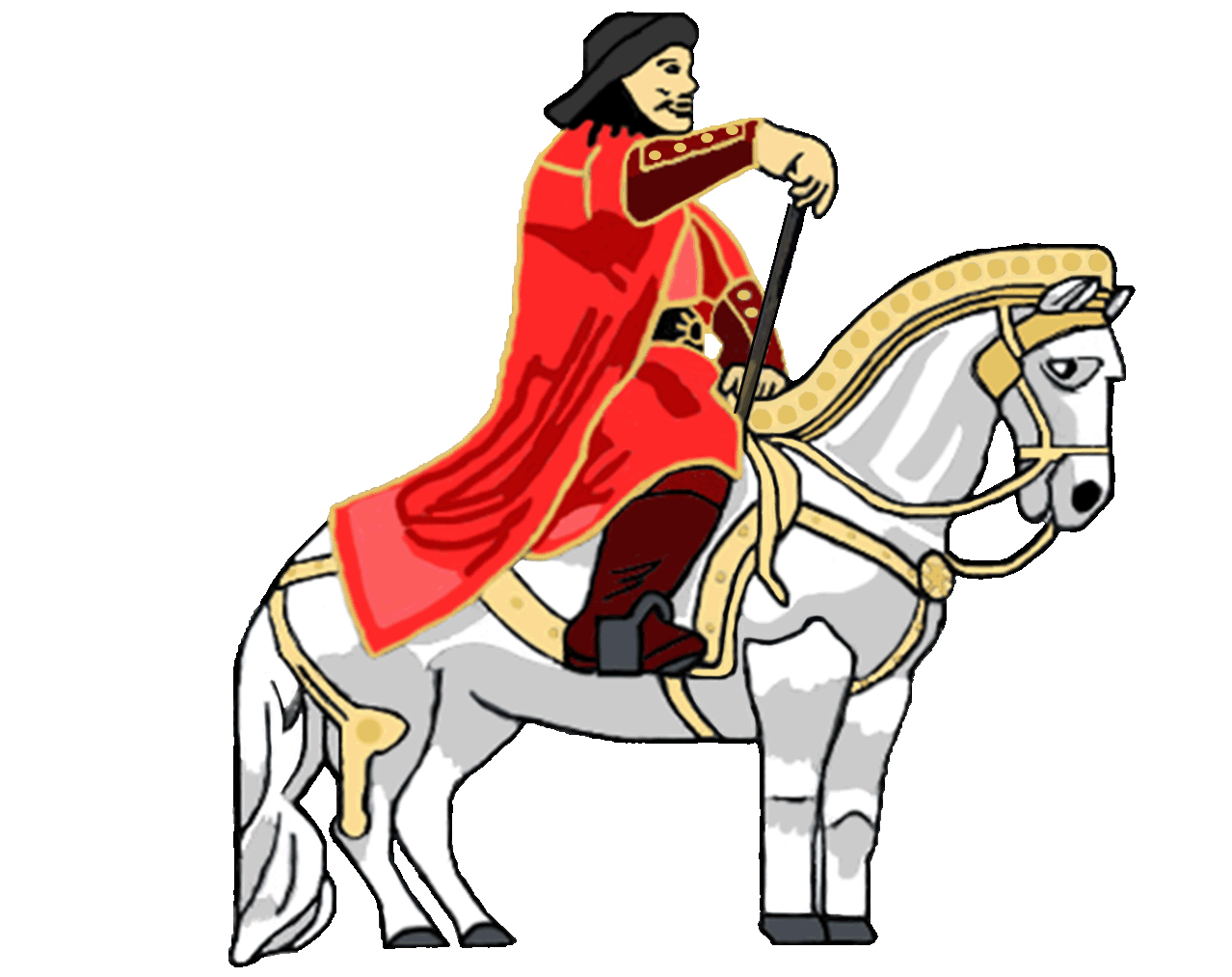

Gengkhis Khan the Great (c.1162-c.1227)
King's name: Gengkhis Khan the Great or Temujin
Birth place: Mongolia
Parents: Yesukhei (father), Hoelun (mother)
Born in north central Mongolia around 1162, Gengkhis Khan was originally named "Temujin" after a Tatar chieftain that his father, Yesukhei, had captured. Temujin was born with a blood clot in his hand, a sign in Mongol folklore that he was destined to become a leader. His mother, Hoelun, taught him the grim reality of living in turbulent Mongol tribal society and the need for alliances.
When Temujin was 9 years old, Yesukhei was poisoned by the rival Tartar tribe. Temujin had to claim his role as clan chief. The clan intitally refused to acknowledge Temujin's claim and ostracized his family to near-refugee status. Temujin was forced to live on the Mongolian Steppe and Hoelun was left to raise seven children alone. During a hunting expeditition, Temujin quarreled with his half-brother, Bekhter, confirming his position as head of the family. At 16, Temujin married Borte, building the alliance between the Konkirat tribe and his own.
At 20, he was temporaily enslaved by Taichi'uts. He managed to escape with the help of a captor and slowly build up his army of more than 20,000 men. Temujin avenged his father's death by wiping out the entire Tartar army with his brilliant military tactics and merciless brutality. By 1206, Temujin had also defeated the powerful Naiman tribe, that gave him control of central and eastern Mongolia.
From the victories of the other rival tribes, other tribal leaders agreed to peace and bestowed the title on Temujin "Gengkhis Khan" which means "universal ruler". With this divine status, it was accepted that it was his destiny to rule the world. Gengkhis Khan wasted no time in conquering other parts of the world. In time, the conquests of Genghis Khan connected the major trade centers of China and Europe.
Initially, Gengkhis Khan used diplomacy to establish trade relations with the Khwarizm Dynasty, a Turkish-dominated empire that included Turkestan, Persia, and Afghanistan. However, the Mongol diplomatic mission was attacked by the governor of Otrar, who possibly believed the caravan was a cover for a spy mission. When Gengkhis Khan heard of this, he demanded the governor be extradited to him and sent a diplomat to retrieve him. Shah Muhammad, the leader of the Khwarizm Dynasty, not only refused the demand, but in defiance sent back the head of the Mongol diplomat.
In 1219, Gengkhis Khan personally took control of planning and executing a three-prong attack of 200,000 Mongol soldiers against the Khwarizm Dynasty. The Mongols swept through every city's fortifications with unstoppable savagery. Those who were not immediately slaughtered were driven in front of the Mongol army, serving as human shields when the Mongols took the next city. No living thing was spared, including small domestic animals and livestock. Skulls of men, women, and children were piled in large, pyramidal mounds. City after city was brought to its knees, and eventually the Shah Muhammad and later his son were captured and killed, bringing an end to the Khwarizm Dynasty in 1221.
In total, he conquered nearly 12 million square miles of territory which no individual has ever accomplished before in history.
Adapted from http://www.biography.com/people/genghis-khan-9308634

